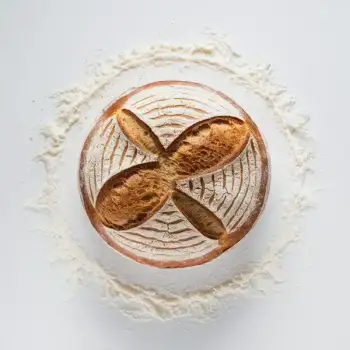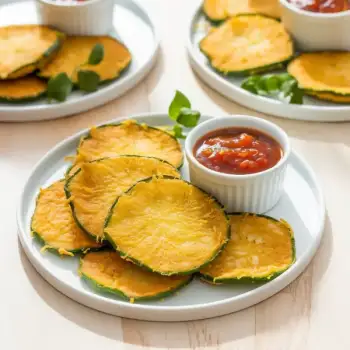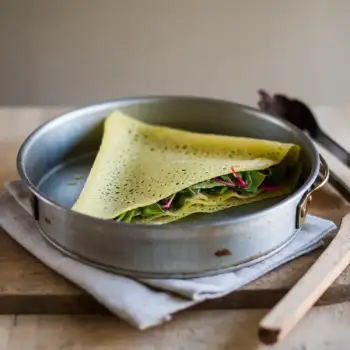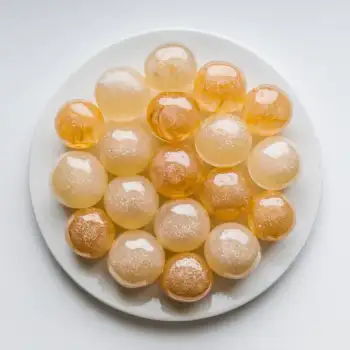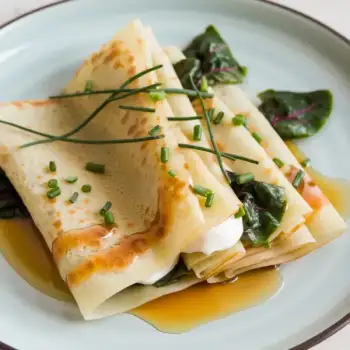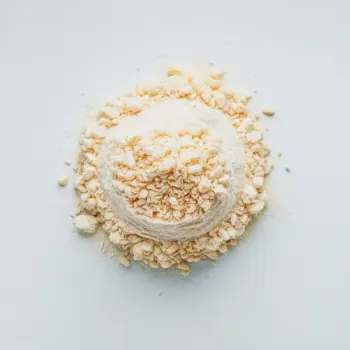


Brown Rice Flour
Made from whole grain brown rice, this flour has a nuttier flavor and is higher in nutritional value compared to white rice flour.
White Rice Flour
A fine, powdery flour made from ground white rice, commonly used for gluten-free baking and as a thickening agent.
Sprouted Rice Flour
Produced from sprouted rice, this flour is believed to be more digestible and nutritious.
Glutinous Rice Flour
Also known as sweet rice flour, it is made from sticky rice and is essential for making mochi and other Asian desserts.




Brown Rice Flour: Arrowhead Mills
White Rice Flour: Bob's Red Mill
Sprouted Rice Flour: To Your Health Sprouted Flour Co.
Glutinous Rice Flour: Koda Farms – Mochiko

Frying: Rice flour is commonly used in batters for frying because it results in a light, crispy crust. Mix rice flour with cold water or another liquid to create a smooth batter, and dip your ingredients before frying in hot oil.
Steaming: In many Asian cuisines, rice flour is used to make steamed cakes or dumplings. The flour provides a chewy, tender texture when steamed, which is distinct from baked goods.
Thickening: Rice flour can act as a gluten-free thickening agent for sauces, soups, and gravies. It creates a smooth, translucent finish and doesn't impart a strong flavor. Whisk rice flour into a small amount of cold liquid before adding it to your hot mixture to prevent clumping.





